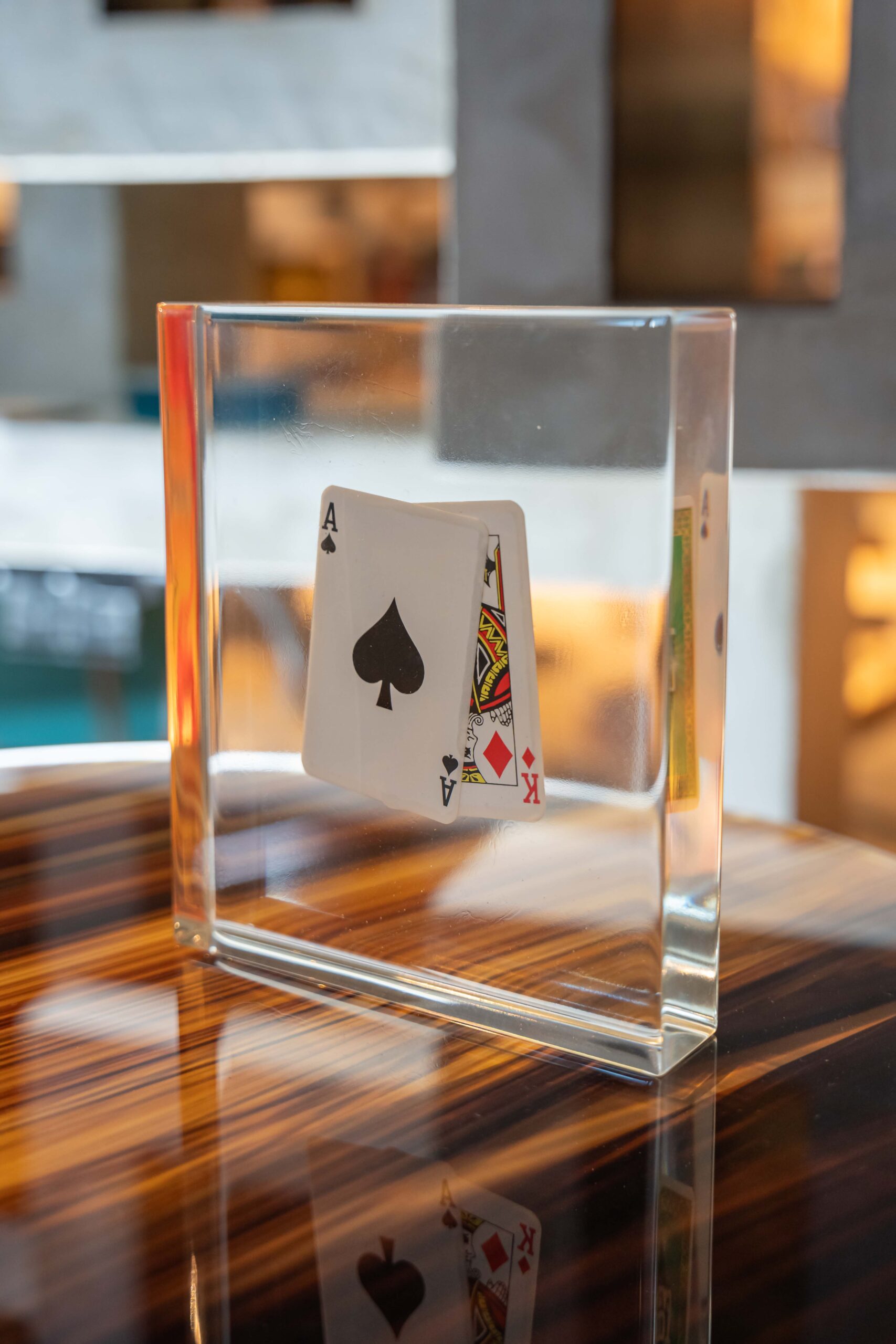Corporate video
The Genesis
liquid gloss showroom
Explore the beautiful world of Genesis, where we transform liquid glass into breathtaking art and interior designs. Discover our innovative creations and be inspired by the unprecedented beauty of liquid glass. Step inside our showroom tour, where we take you through our latest masterpieces and show you how Genesis brings liquid glass to life in stunning art and interior designs. This video offers a fascinating look at the extraordinary applications of liquid glass in our projects.
